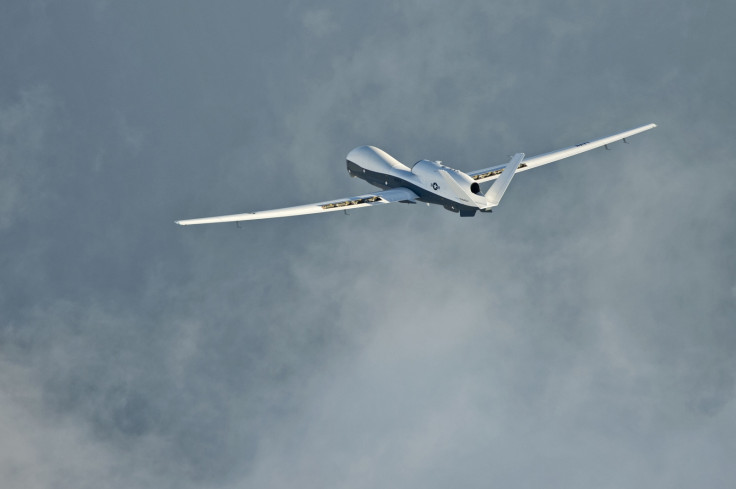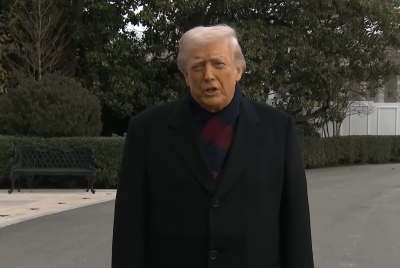US Steps Up Plans to Monitor Mexico and Canada Borders with Predator Drones

The US is stepping up plans to patrol the Mexican and Canadian borders with futuristic Predator drones, relieving the pressure on already stretched border agents.
Since 2000, US Border Patrol agents on the Mexico border doubled to over 18,000 and fencing increased by nine times to 700 miles.
However, the US administration is now monitoring almost half of the Mexican border with drones alone and, by the end of 2015, will begin using drones to monitor the Canadian border.
According to two US officials speaking on condition of anonymity, the Predator B drones cover remote mountains, rivers and canyons with a video camera and capture a second video three days later in the same locations.
The two videos are then compared so analysts can spot small changes to the terrain -- including tracks from drug smugglers or illegal immigrants.
The new strategy is known as "change detection" and only 8% of the 10,000 flight missions conducted since March 2013 have detected any difference in the terrain, with 4% of those being false alarms and 2% inconclusive.
Commissioner of Customs and Border Protection, Richard Gil Kerlikowske, said that the missions prioritise where illegal activity is most likely to occur.
"You have finite resources," he told Associated Press. "If you can look at some very rugged terrain (and) you can see there's not traffic, whether it's tire tracks or clothing being abandoned or anything else, you want to deploy your resources to where you have a greater risk, a greater threat."
Rep. Michael McCaul, a Texas Republican and chair of the House Homeland Security Committee, admitted that new and innovative border strategies were needed to catch criminals.
"We can no longer focus only on static defenses such as fences and fixed (camera) towers," he said.
Sen. Bob Corker, a Tennessee Republican and co-author of legislation to boost US' southwest border with 20,000 agents and 350 additional miles of fencing, also agreed that "if there are better ways of ensuring the border is secure, I am certainly open to considering those options".
Lothar Eckardt, the Customs and Border Protection's executive director of national air security operations, said that the introduction of the drones allow the agency to deploy its manpower assets elsewhere to tackle border crime.
"Let's not waste the manpower here. Let's focus our efforts someplace else, where they're needed," Eckardt said, adding that the surveillance drones were not a "silver bullet" to the overall US border security effort but just one contribution.
© Copyright IBTimes 2025. All rights reserved.






















